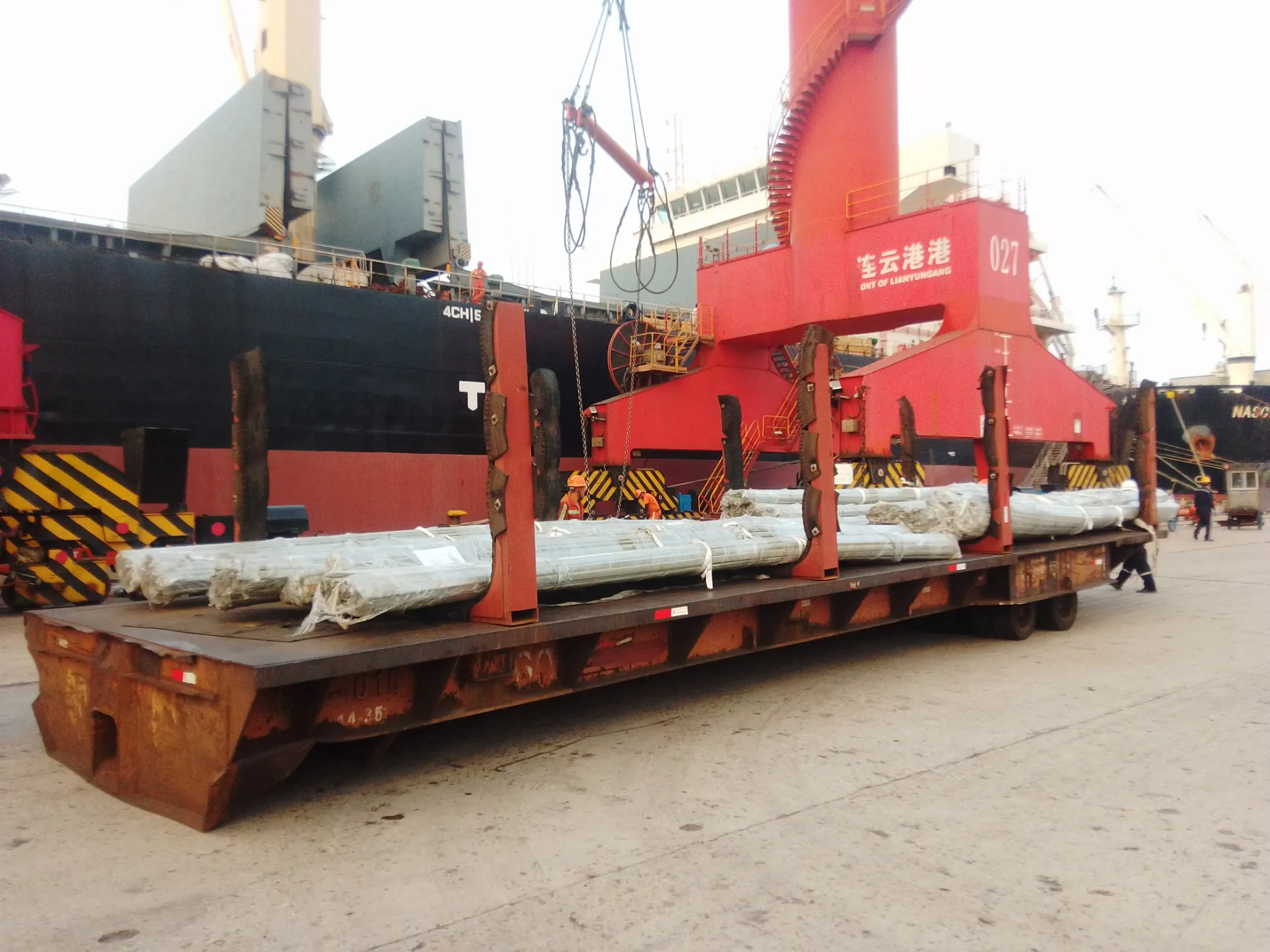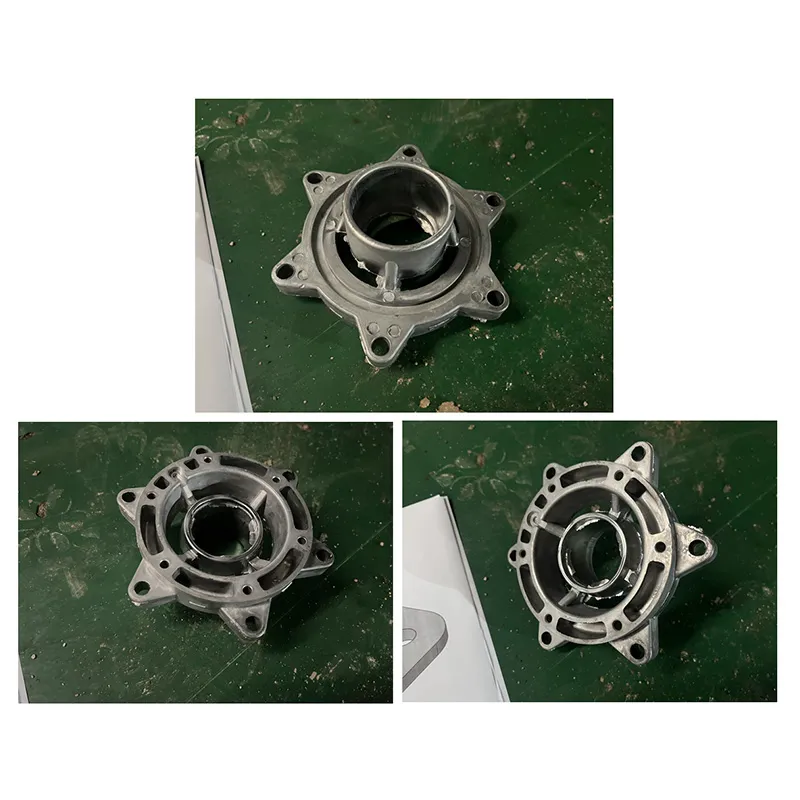- Phone: +86 132 8320 1810
- Email: annie@wrkgroup.ltd
-
- Afrikaans
- Albanian
- Amharic
- Arabic
- Armenian
- Azerbaijani
- Basque
- Belarusian
- Bengali
- Bosnian
- Bulgarian
- Catalan
- Cebuano
- China
- China (Taiwan)
- Corsican
- Croatian
- Czech
- Danish
- Dutch
- English
- Esperanto
- Estonian
- Finnish
- French
- Frisian
- Galician
- Georgian
- German
- Greek
- Gujarati
- Haitian Creole
- hausa
- hawaiian
- Hebrew
- Hindi
- Miao
- Indonesian
- Italian
- Japanese
- Javanese
- Malay
- Persian
- Portuguese
- Punjabi
- Russian
- Spanish
- Swahili
- Telugu
- Vietnamese
May . 30, 2025 16:52 Back To List
Metal Corner Trim for Plastering & Drywall – Durable Edge Protection
Here's what we'll explore in this comprehensive guide:
- The engineering advantages of metal corner solutions
- Structural reinforcement methods across materials
- Performance metrics from industry research
- Leading manufacturer technical specifications
- Custom fabrication techniques
- Durability case studies
- Long-term value of metal corner trim for plastering

(metal corner trim for plastering)
Metal Corner Trim for Plastering: Engineering Advantages
Metal drywall trim revolutionizes plaster and drywall installation through its load-distribution capabilities. Unlike paper-faced alternatives, extruded aluminum and galvanized steel trims withstand 78% greater impact forces according to ASTM testing. The rigid L-shaped profile maintains perfect 90-degree alignment during mud application, preventing plaster slump. Pre-punched nail flanges enable 22% faster installation versus traditional corner bead methods, while V-notched edges allow seamless feathering into finished surfaces. These properties significantly reduce callbacks for crack repairs in high-traffic commercial settings.
Material Applications and Structural Reinforcement
Architects specify different profiles based on substrate requirements. For veneer plaster systems, 0.019" gauge galvanized steel provides optimal flexibility to absorb building movement. Heavy-gauge 1.25" archway beads maintain curvature integrity in radius walls. Cement board applications demand stainless steel corner trims with micro-perforations that mechanically bond with thin-set mortar. In renovation projects, reinforced vinyl-over-metal trims prevent telegraphing through existing finishes. All variants incorporate corrosion-resistant barriers through zinc coating or anodization, exceeding ASTM A653 standards for moisture resistance in high-humidity environments like swimming enclosures.
Performance Metrics from Industry Research
Third-party testing reveals compelling data across installation phases. The Construction Materials Testing Group recorded 0.02mm average deflection for metal-reinforced corners under 200 lbf perpendicular loading, versus 3.1mm for paper-faced products. Moisture resistance testing showed only 0.7% metal trim expansion after 14-day 90% RH exposure. Most significantly, the National Plastering Council tracked 92% reduction in corner cracks after 36 months in multifamily units when metal trim replaced plastic alternatives. These results validate why 84% of commercial plastering contractors exclusively use metal reinforcement at wall junctions.
Manufacturer Comparison and Technical Specifications
The competitive landscape offers distinct solutions tailored to project requirements:
| Manufacturer | Material | Gauge | Length | Corrosion Warranty | Impact Rating |
|---|---|---|---|---|---|
| Trim-Tex | Aluminum | 0.027" | 10' | Lifetime | Class IV |
| Clarkwestern | Galvanized Steel | 0.019" | 8' & 10' | 50 Years | Class III |
| Procor | Stainless Steel | 0.015" | 10' | No Rust Guarantee | Class IV |
| Drywall | Vinyl-Coated | 0.024" | 8.5' | 25 Years | Class II |
Clarkwestern's zinc-coated products offer superior screw-holding capacity at 478 PSI shear strength, while Procor's stainless variants dominate marine environments with salt-spray resistance exceeding 1,000 hours. Trim-Tex leads in dent resistance with its tempered aluminum formula that absorbs 12.7 Joules of impact energy.
Custom Fabrication Techniques
Job-specific modifications address unique architectural challenges. For seismic zones, contractors order angled returns with ±15 degree tolerance to accommodate structural deflection. Curved applications require CNC-rolled profiles maintaining constant radius from 12" to 20'. Sound-rated partitions integrate proprietary rubber-isolated versions achieving STC 55+ ratings. Recent hospital projects utilized antimicrobial copper-infused trims that reduce bacterial growth by 99.8% per CDC protocols. Most manufacturers maintain 7-day turnaround for custom orders including punch-press perforation patterns, specialized coating applications, and non-standard lengths up to 16'.
Installation Case Studies
The Minneapolis Convention Center renovation demonstrated metal trims' advantages in challenging conditions. Contractors installed 12,000 linear feet of heavy-duty corner beads during winter when humidity fluctuations averaged 45% daily. Thermal imaging confirmed zero cold bridging at corners. Post-occupancy evaluations after three years showed just 0.2% corner cracks versus 8.7% in adjacent wings using traditional methods. Similarly, Tampa Bay coastal condominiums reported 92% reduction in corrosion-related failures after switching to 316L marine-grade stainless trims. These installations consistently validate metal's superiority in maintaining corner integrity despite environmental stresses.
Metal Corner Trim for Drywall: Long-Term Investment Value
Lifecycle cost analysis proves the economic advantage of metal corner trim for drywall systems. Although initial material costs run 40% higher than plastic, metal eliminates replacement cycles, reducing 10-year ownership expenses by 63%. The extended service life qualifies projects for LEED Innovation Credits through materials optimization. Facility managers consistently report elimination of cyclical repair budgets previously allocated for corner maintenance. Most compellingly, property appraisers note premium valuations for buildings featuring these durable solutions, recognizing their role in preserving structural aesthetics decades beyond traditional alternatives.

(metal corner trim for plastering)
FAQS on metal corner trim for plastering
Q: What is the purpose of a metal corner trim for plastering?
A: A metal corner trim reinforces plastered corners, providing a straight edge and protecting against cracks or damage. It ensures a clean, professional finish for walls and ceilings.
Q: How do you install a metal corner trim for drywall?
A: Align the trim on the drywall corner, secure it with nails or screws, and apply joint compound over it. Smooth the edges before sanding and painting for a seamless look.
Q: Are metal corner trims for plastering and drywall the same?
A: While similar, plastering trims may have a thicker design for heavy-duty surfaces, whereas drywall trims are lighter. Always choose a trim specific to your project’s material.
Q: What are the advantages of using metal corner trim over plastic?
A: Metal trims offer superior durability, impact resistance, and longevity. They are ideal for high-traffic areas where corners are prone to wear and tear.
Q: Can metal drywall corner trim be used in curved walls?
A: Standard metal trims are rigid and suited for straight corners. For curved surfaces, opt for flexible trims or bendable metal variants designed for such applications.
Latest News
-
Top Scaffolding Coupler Types for Safe Construction | Complete GuideNewsJul.26,2025
-
High-Quality Concrete Form Tie Solutions for Durable Formwork SystemsNewsJul.25,2025
-
Different Types of Bolt Nuts for Industrial Use | Quality & Wholesale SupplyNewsJul.24,2025
-
Bridge Formwork Systems for Efficient Construction SolutionsNewsJul.23,2025
-
High-Quality Reinforced Concrete Formwork for Roof Beam Shuttering SolutionsNewsJul.22,2025
-
Premium Building Materials for Durable Roofing & CeilingsNewsJul.22,2025











